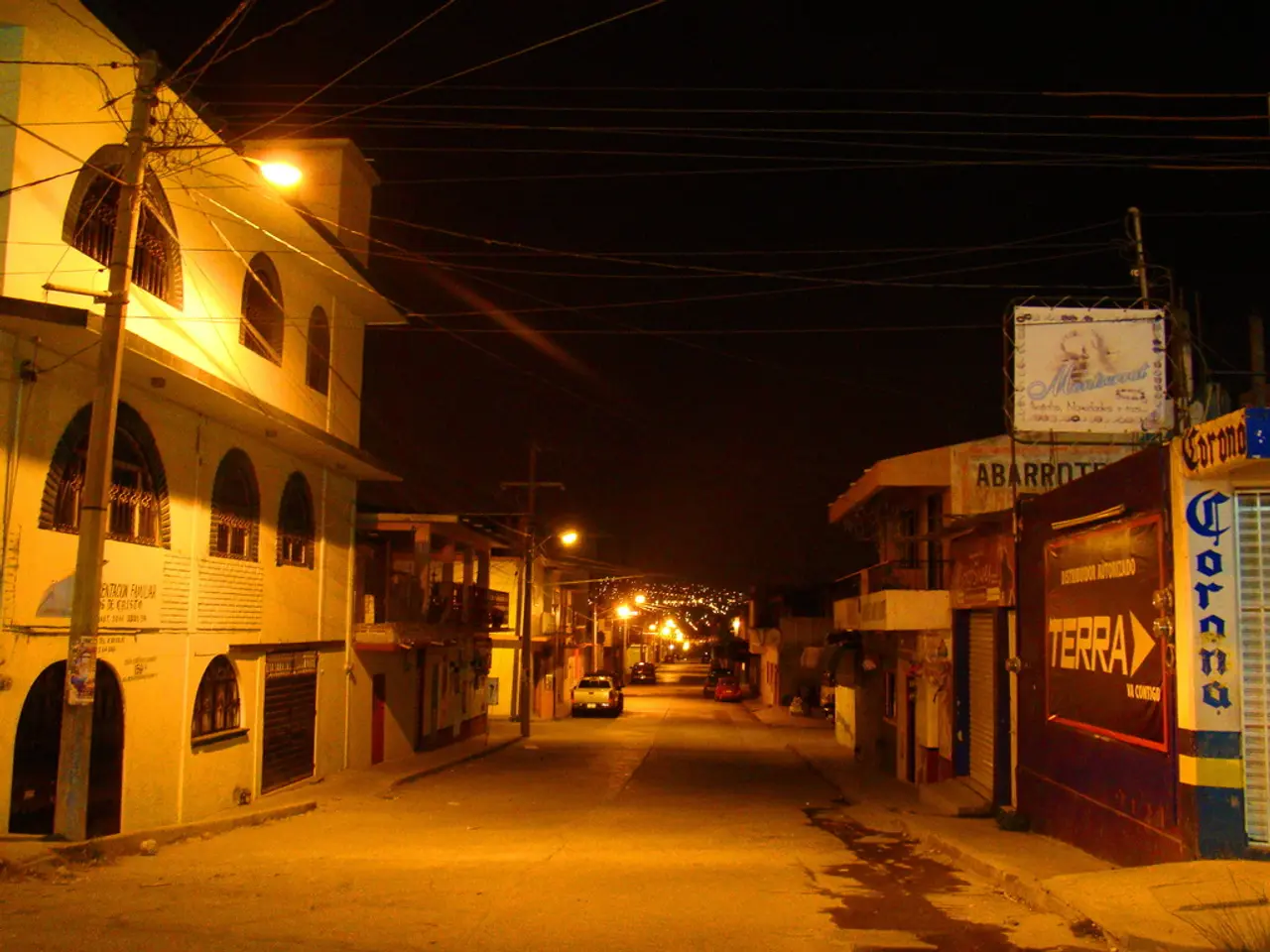Priority on Equal Energy Access, Then Achieving Net Zero Emissions - Lee Wai Guan and Maisarah Hasbullah
In a pursuit for a sustainable and prosperous future, Malaysia is embarking on an ambitious energy transition. The journey is guided by three essential pillars: energy security, energy equity, and environmental sustainability.
Energy equity, the cornerstone of this transition, is about ensuring universal access to affordable and sufficient energy. This principle is not just about engineering and economics, but also about justice, livelihoods, and dignity. The government aims to achieve 100% rural electrification by 2025, although the specific organisation leading this initiative remains unnamed in the available sources.
Sabah, for instance, is targeting 100 per cent rural electrification by 2030 through its Energy Roadmap and Master Plan 2040 (SE-RAMP 2040). Similarly, Sarawak's Rural Power Masterplan 2015 and subsequent Accelerated Rural Electrification Masterplan target over 30,000 remaining rural households for full electrification by 2025.
Under the fourth Regulatory Period (RP4) of Incentive-Based Regulation (IBR), 85% of households will pay the same or less than under RP3. Starting July 2025, Peninsular households consuming up to 1,000 kWh per month will unlock an Energy Efficiency Incentive (EEI). These measures are designed to ensure smart, fair pricing that secures stable utility revenue for grid maintenance, energy-storage projects, and trade within the enhanced Asean Power Grid (APG).
Energy security is another critical aspect of this transition. The enhanced APG Memorandum of Understanding, set to be signed in October, is a step towards creating a stable supply despite market disruptions. Malaysia's Asean Chairmanship also promotes shared prosperity, green growth, and an interconnected regional power grid under the banner "Inclusivity and Sustainability".
Environmental sustainability drives the transition to low-carbon, climate-resilient systems. Malaysia has outlined bold targets such as 70% renewable energy installed capacity and zero coal power by 2050 in its National Energy Transition Roadmap (NETR) and National Energy Policy (NEP). Every kilowatt-hour (kWh) saved lowers emissions and frees public funds for green infrastructure.
However, the transition to clean energy cannot succeed without public trust. Transparent reporting of progress, space for civil society input, and policies that respond to ground realities are essential for building this trust. Ensuring fair tariffs anchors an inclusive, sustainable transition towards net zero by 2050.
Hitting 100 per cent rural electrification is more than a statistical milestone. It is a testament to Malaysia's commitment to a fair, secure, and sustainable energy future. The Time of Use (TOU) tariff, offering off-peak rates during specific hours, encourages demand to ease peak-grid strain, contributing to this future.
In conclusion, Malaysia's energy transition is a comprehensive endeavour, balancing the priorities of energy equity, security, and environmental sustainability for the nation's long-term prosperity and global competitiveness.
Read also:
- Understanding Hemorrhagic Gastroenteritis: Key Facts
- Stopping Osteoporosis Treatment: Timeline Considerations
- Tobacco industry's suggested changes on a legislative modification are disregarded by health journalists
- Expanded Community Health Involvement by CK Birla Hospitals, Jaipur, Maintained Through Consistent Outreach Programs Across Rajasthan








